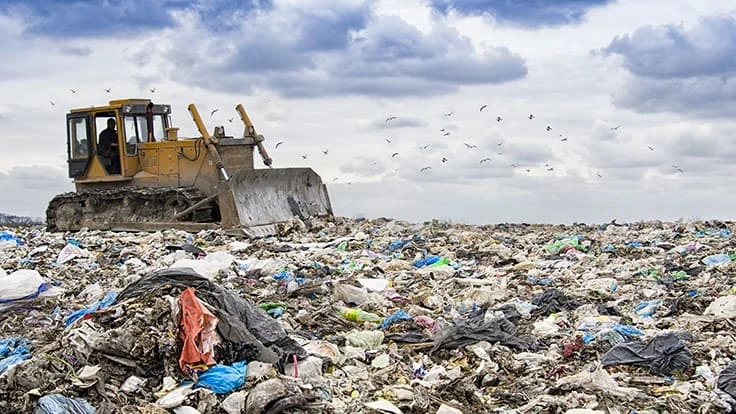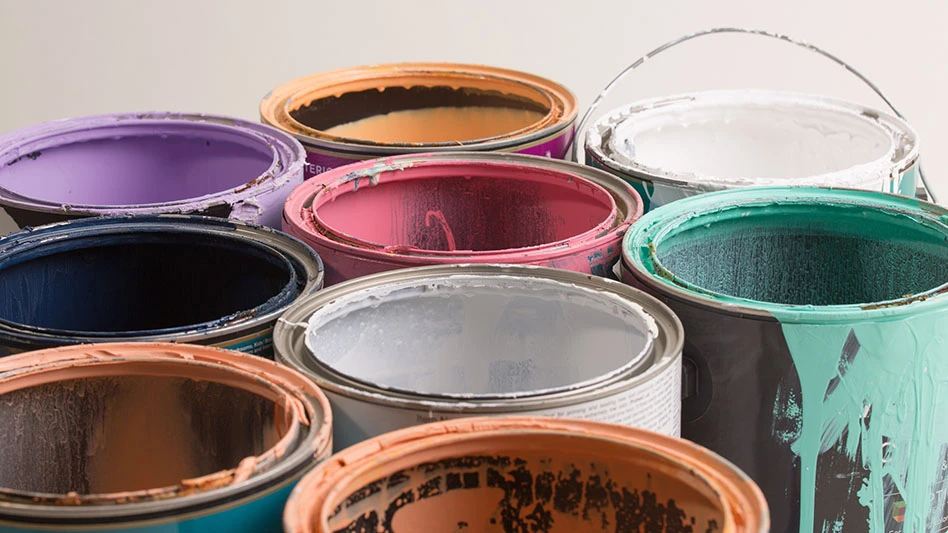
SCS Engineers, Long Beach, California, began collecting and
sorting samples of municipal solid waste at landfills across Wisconsin in September
as part of a study aimed at better understanding what the state’s citizens are
throwing in the trash.
According to the Wisconsin Department of Natural Resources(DNR), results of the study will provide a planning tool for waste reduction
and minimization efforts across the state, and when compared to prior studies
conducted in 2003 and 2009, will help officials identify trends in waste and
recycling.
“Millions of pounds of materials are diverted through recycling,
e-cycling or composting every year, which keeps hazardous materials out of the
environment, saves valuable landfill space and supports Wisconsin’s economy,” Kate
Strom Hiorns, DNR recycling and solid waste section chief, says. “But more can
be done. This study will help determine the communication, infrastructure and
resources still needed.”
SCS crews will visit 12 landfills across the state to sort 400
municipal solid waste samples and visually characterize 640 construction and
demolition waste loads. Crews are trained to identify 85 material types,
representing eight waste categories including plastics, organics and hazardous
materials. Region, hauler type and the source of the waste will also be
recorded.
“The DNR is looking for opportunities to minimize and divert
waste statewide, but also at the source or regional level,” Casey Lamensky, DNR
solid waste coordinator, says. “The DNR will continue to work with local
governments, businesses and organizations to ensure they have the resources they
need to divert materials from the landfill.”
According to DNR, waste characterization data from 2003 and 2009
provided important information for waste management decisions still affecting
residents today. For example, Dane County, Wisconsin, used the 2009 study, which identified construction and
demolition materials as one of the top contributing material groups to its
waste stream, to properly size a construction and demolition recycling facility
at its Rodefeld Landfill.
“We hope the 2020 data will be similarly used,” Lamensky says.
“Dane County is a great example of why this information is important.”
The final report will be published in the spring of 2021. From
mid-October through mid-December, crews will be sampling at landfills located
in the cities of Appleton, Wisconsin Rapids, Weyerhaeuser, Watertown, Muskego,
Franklin, Menomonee Falls and Eau Claire.
Latest from Waste Today
- Casella recognized on Forbes’ list of Best Midsize Employers
- Mission-driven
- Closed Loop Partners releases report on small-format packaging recovery
- Casella finishes 2024 strong
- Vogelsang introduces CC-Mix for biomass handling
- Minnesota selects Circular Action Alliance as PRO
- Waga Energy reports strong revenue growth in 2024
- Landfill Insights: Managing landfill airspace





